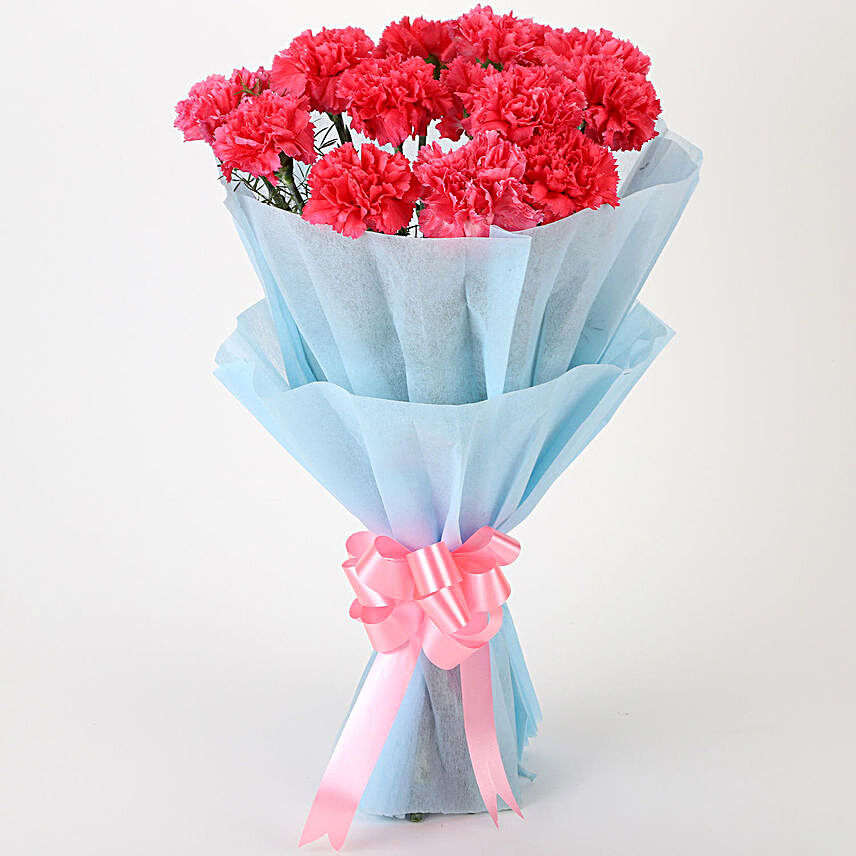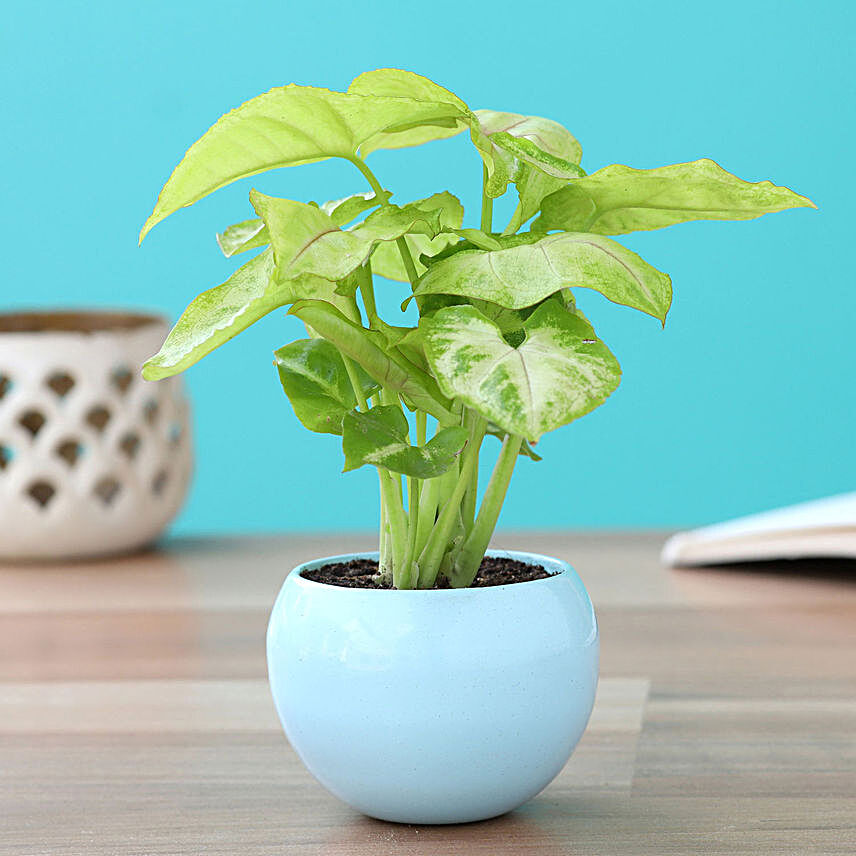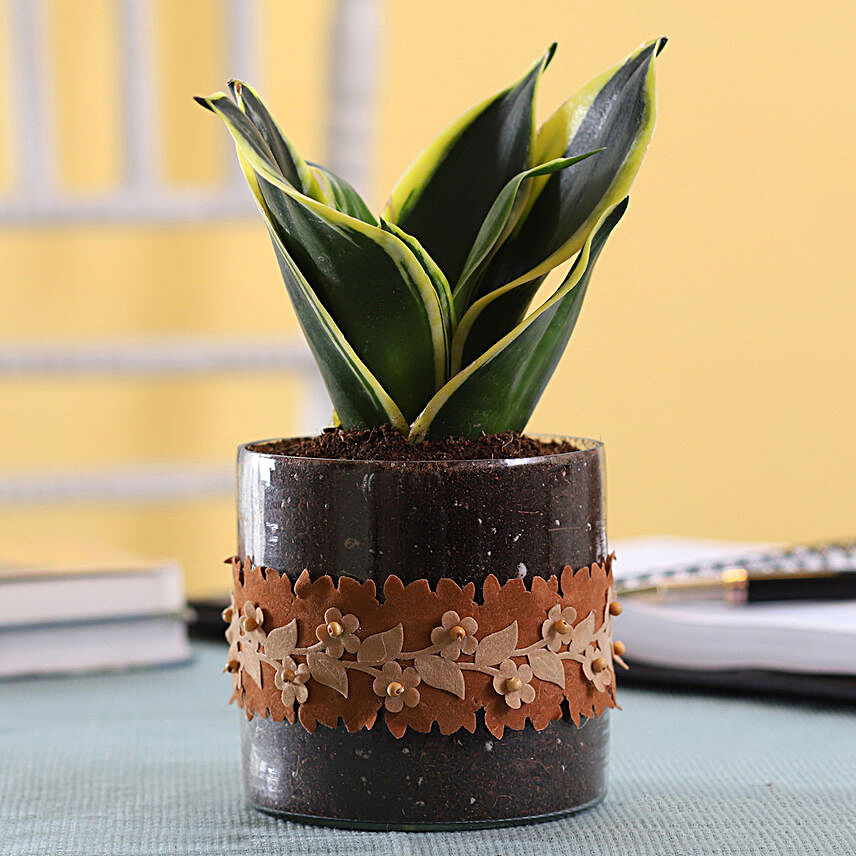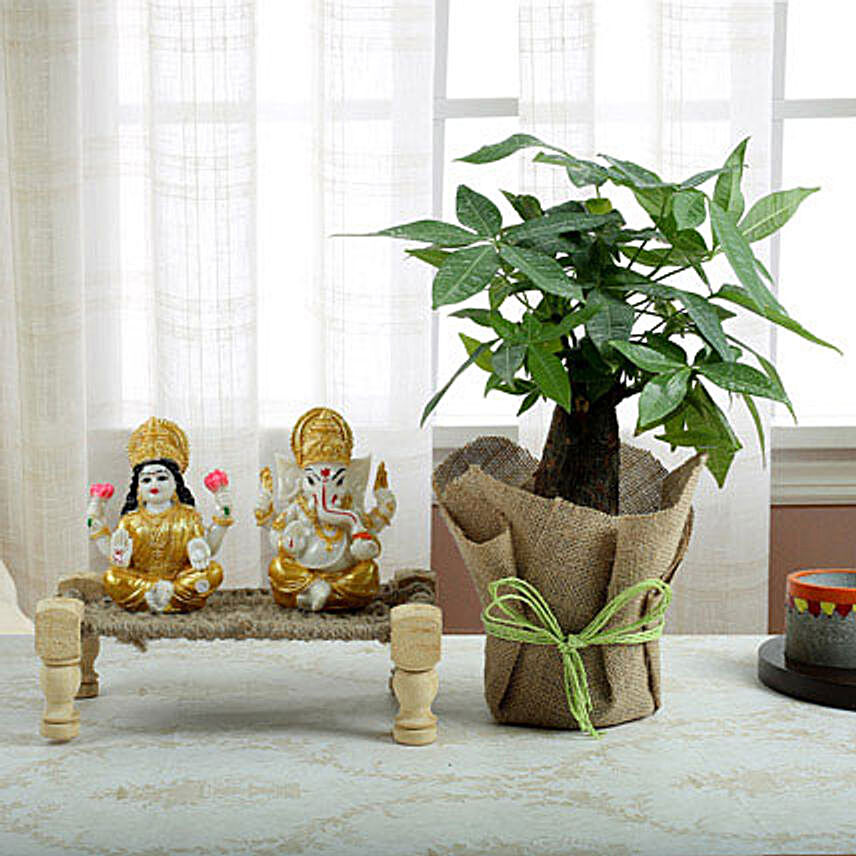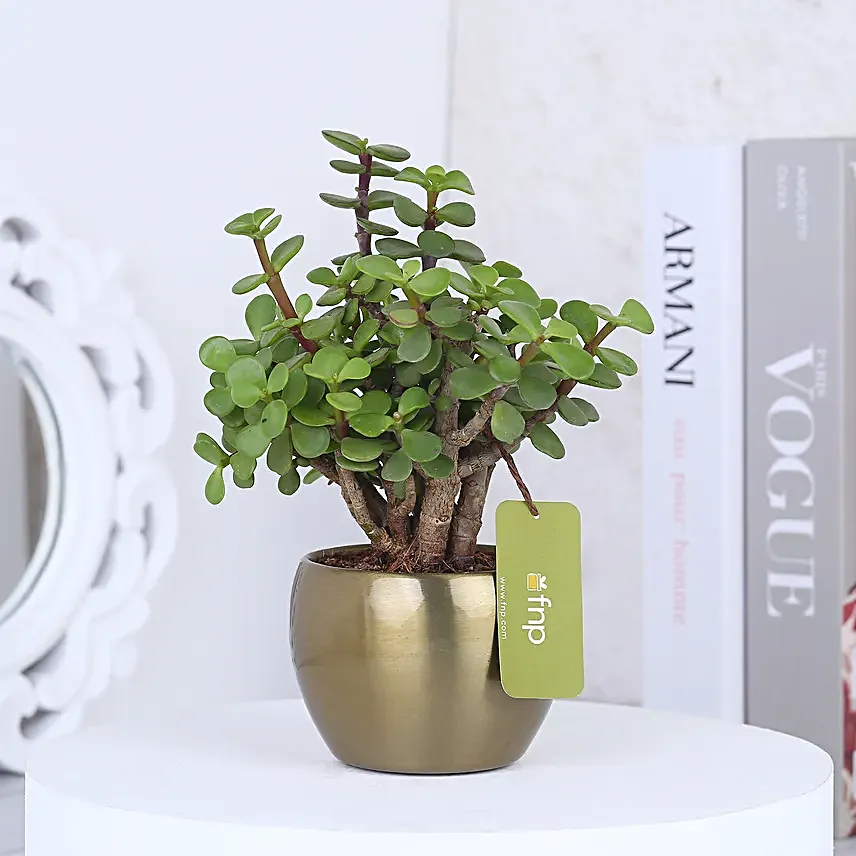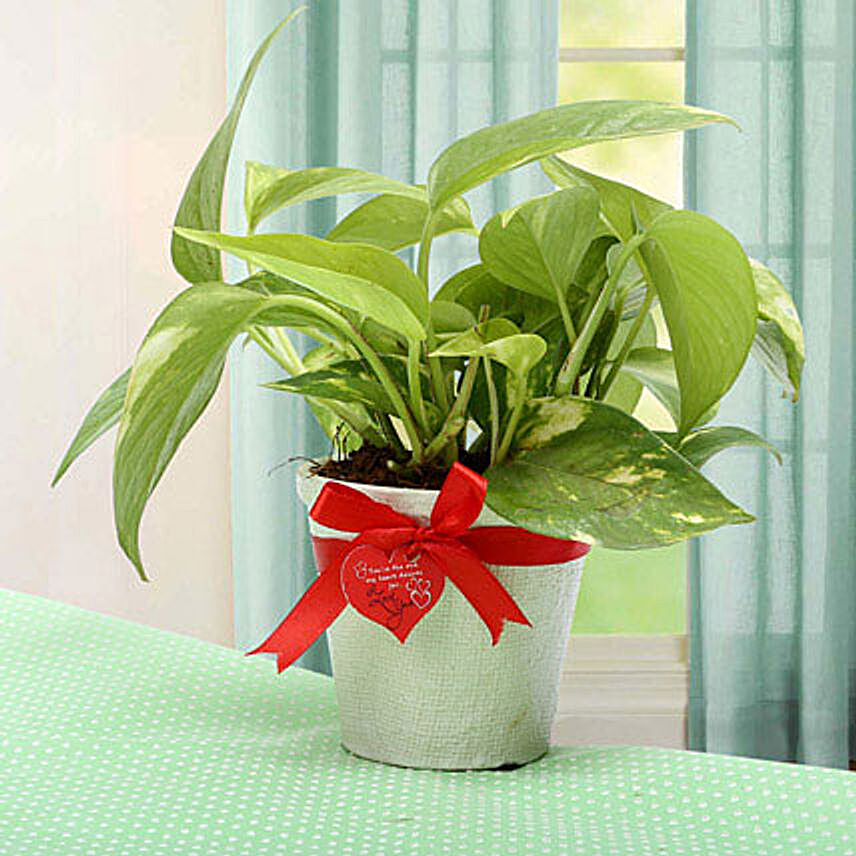How Can You Make a Rain Garden for Yourself?
- Author: Priyanka Published: 28th May, 2021
What is a Rain Garden?
It is exactly what the name suggests. A garden made up of rainwater, that is surrounded by flowering plants and shrubs. The plants help make the boundary and are essentially the primary cleansers of this small crater of land where rainwater from different roofs, driveways and lawns gets collected.
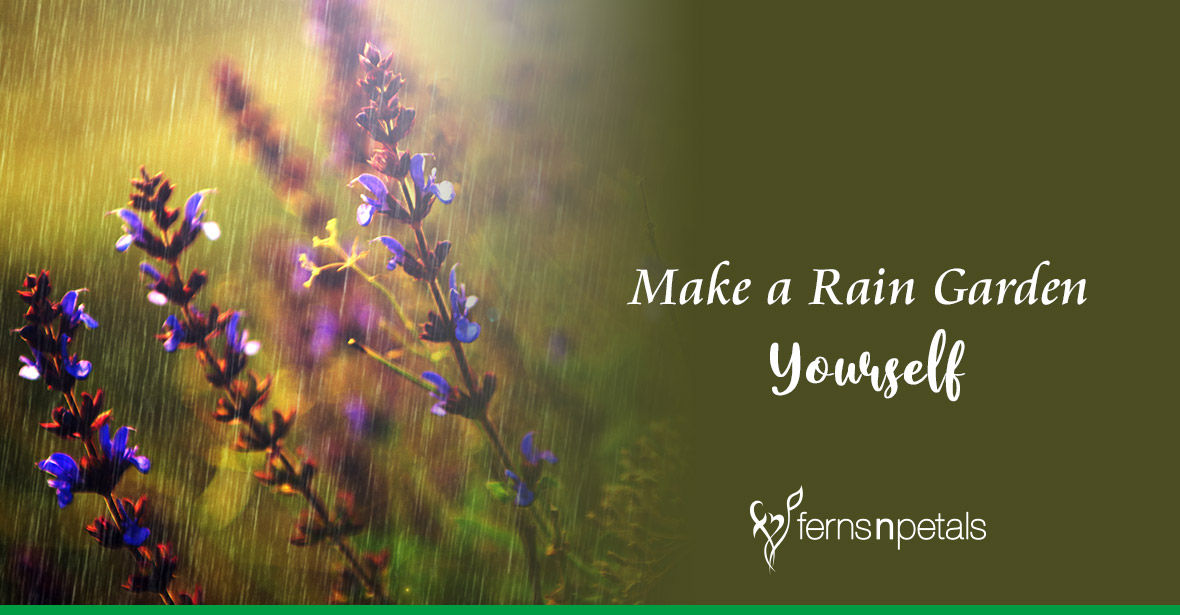
Why do you need a rain garden?
Rain gardens are not a kind of pond or a water storage facility. They remain dry most of the year apart from when it rains. With a usual amount of rainfall, it should only hold water for about 12-48 hours. They are also highly effective in removing up to 90% of chemicals and sediments from runoff rainwater. Compared to a usual home lawn, they allow for 30% more water to seep into the ground.
With such a continuous rise in pollutants in the environment, rain gardens help cleanse the rainwater in your area of fertilisers, chemical oils, bacteria, dust particles and so on. It uses the process of vegetation cleansing to absorb the anomalies in water and render it harmless for the Earth to absorb back. Instead of this untreated water storming the city drains, you can help decontaminate rainwater all the while building something useful for the community and curbing water pollution. Rain gardens also attract butterflies and birds, making it a well-balanced ecosystem for both flora and fauna.
How can you make a rain garden in your area?
Some of the primary things to do include:
Sourcing Deep-rooted Plants: These plants help the water rapidly seep into the soil, away from your house. Plants native to your land and area work best in these situations. Native grasses and sedges also help drain the water extremely well and must cover at least one-third of the rain garden area. You could also make it colourful by planting a bunch of perennial flowering plants like Canna lilies, Scarlet Rose Mallow, Yellow Iris or Lobelias. False indigo, Coneflower, Hibiscus and Geraniums (cranesbill) can also be considered for plantation, although check for your location’s weather patterns before doing so.
Creating a Depression: You could search for a naturally occurring low ground in your neighbourhood or make an artificial one by yourself. Make sure to create it at least 3 meters away from the house to prevent the risk of water intrusion. Make sure that the depression falls on a slope so that the rainwater can naturally gather.
Lay Groundwork for PVC Pipes: n case you can’t find a slope to create the rainwater bed, create a layout connecting the pipes to your roofs and lawns to channel the water into the depression using PVC pipes.
Fill The Pit with Bed Rocks: Place splash rocks at the entrance of the rain garden. Their pores will trap in some dirt when the water initially splashes against them.
